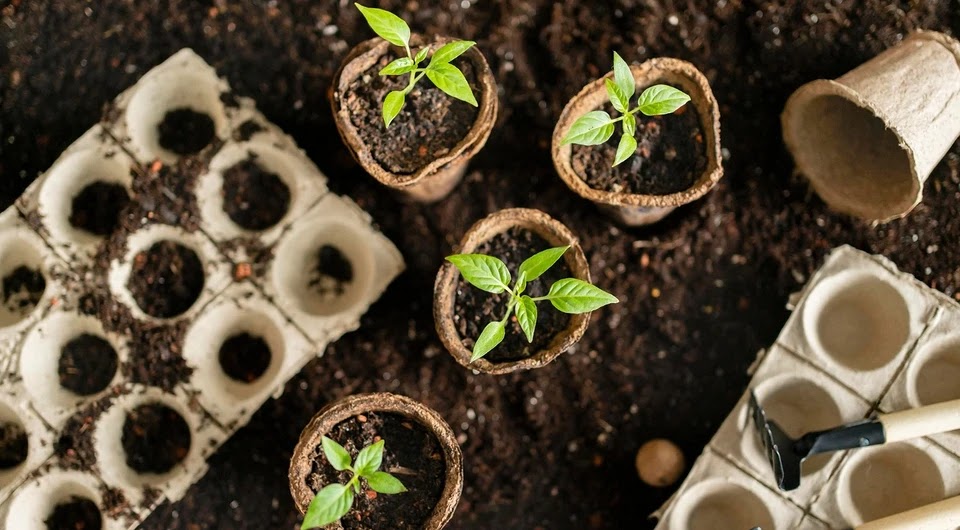This substance has a positive effect on all living organisms, including plants. In the article we will tell you how to use it to improve health and increase productivity.
What is it, where does it apply
Succinic - dicarboxylic (butanedioic) acid, is a white, odorless crystalline powder.It is a naturally occurring substance found in many living organisms, including animals, plants, and bacteria.It is used in industries: food, pharmaceutical and polymeric - it is considered a valuable chemical compound.
Contained in various living organisms as an intermediate in many metabolic pathways. In animals, it participates in the Krebs cycle, a vital metabolic pathway for energy production. In plants, it is involved in photosynthesis, carbon fixation, regulation of plant growth and development.
Produced by bacteria, including Actinobacillus Succinogenes, which converts glucose and other sugars into succinic acid. The bacterium can produce up to 100 grams of substance per liter of nutrient medium, it is considered a promising source for industrial production.
Succinic acid is widely used in various industries, including food, pharmaceutical and polymer.
food
Used as a food additive and flavor enhancer in foods including cheese, meat, baked goods , bread. It is also used as a preservative and acidity regulator in foods and beverages.
Pharmaceutical
Used as a filler and buffering agent in medicines and pharmaceuticals. It is also used as an intermediate in the synthesis of active pharmaceutical ingredients.
Polymer
As a building material for the production of polymers, including polyesters, polyamides and polyurethanes. These polymers are used in applications including textiles, packaging and automotive parts.
Benefit for health
Has been studied for its potential health benefits, including its antioxidant and anti-inflammatory properties. Studies have shown that it reduces oxidative stress and inflammation, which are associated with chronic diseases, including cardiovascular disease, diabetes, and cancer.
The use of succinic acid for plants
- Nutrient absorption – can improve the absorption and utilization of key nutrients such as nitrogen, phosphorus, and potassium. Binds nutrients, makes them more available to plants.
- Improvement of photosynthesis - increases the rate of photosynthesis, that is, the process of converting light energy into chemical energy. This improves growth, development, and also increases yield and fruit quality.
- Stress tolerance - increases the resistance of plants to various environmental stresses: drought, extreme temperatures. Helps to maintain the integrity of cells, functioning under stressful conditions.
- Disease resistance - enhances natural defense mechanisms against various pathogens, including bacteria, fungi, viruses. Stimulates the production of compounds associated with protection, such as phytohormones, enzymes.
- Seed germination, root development - Promotes seed germination and root development. It can help plants to establish faster, absorb nutrients more efficiently.
Succinic acid for plants and indoor flowers: instructions for use
1. What indoor flowers can be watered with succinic acid
- Violet is a popular indoor flowering plant that requires well-drained soil and regular watering to flourish. Succinic acid can be sprayed on foliage or added to water to improve nutrient absorption and promote healthy growth.
- Begonia is another popular flower that can be helped by watering with this acid. Increases resistance to stress, promotes the development of the root system.
- Orchids are known for their exquisite beauty. Top dressing can be used to improve nutrient absorption, stimulate growth, which can lead to bright, long-lasting blooms.
- Spathiphyllum - improves overall health, promotes the development of the root system after transplantation.
2. How to feed flowers with succinic acid
- Choose the right type - succinic acid can be purchased as a powder, tablet, or liquid.
- Make a dilution - should be diluted according to the manufacturer's instructions. Generally, a solution of 0.1% to 0.5% is recommended for foliar application, while 0.5% to 1.0% can be used for soil application.
- Apply the solution to the foliage or soil - for foliar application, the solution can be sprayed directly onto the leaves, making sure all parts are covered. For application to the soil, the solution can be poured directly into the soil, making sure that it is evenly distributed over the root zone.
- Repeat the procedure - you can apply regularly, for example, once every two weeks. This will ensure a constant supply of nutrients.
3. How to water flowers with succinic acid in tablets: proportions
4. For seed germination
- Prepare a solution - dissolve 0.1-1% of the substance in distilled water. The concentration will depend on the type of seed. Start low and adjust as needed.
- Soak the seeds for 12-24 hours before planting. Soaking allows substances to penetrate the seed coat and start the germination process.


0 Comments